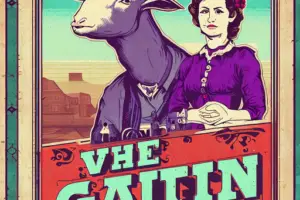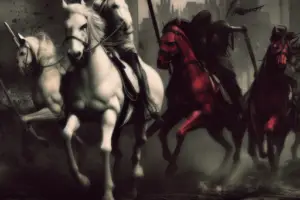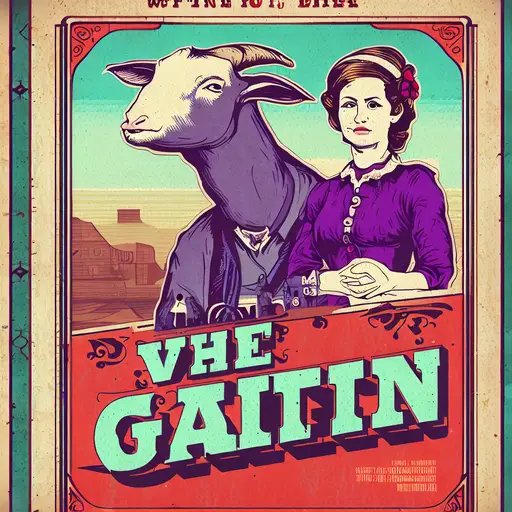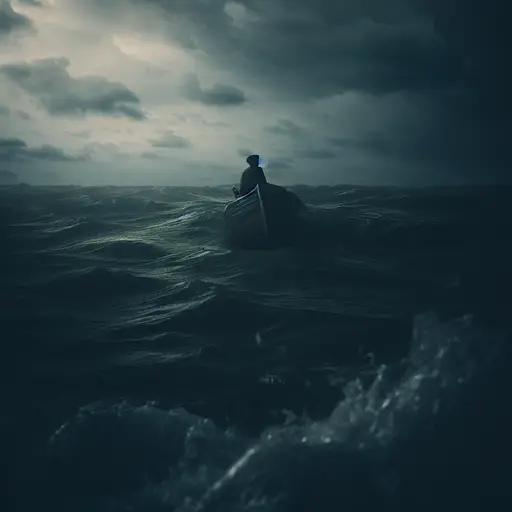The Astronomer’s Dream; or, the Man in the Moon was a groundbreaking film that captured the hearts and imaginations of audiences all over the world. It was a visual feast, a testament to man’s fascination with the stars and the mysteries beyond. Its story told of an astronomer who fell asleep and dreamt of a journey to the moon, where he encountered strange creatures and unearthly wonders. In my novel-length story based on this film, I aim to capture that same sense of wonder and adventure, weaving together an intricate tapestry of characters, plotlines, and scenes that will keep readers on the edge of their seats.
The story begins with our protagonist, John, a young man who has always been fascinated by the stars. As a child, he would stare up at the night sky and wonder what lay beyond. As he grew older, that sense of awe and wonder never left him. He studied astronomy in college and eventually earned his doctorate in the field, but despite all his knowledge and expertise, he still feels like there is something missing.
One day, while working late in his observatory, John falls asleep at his desk. When he awakens, he finds himself standing on the surface of the moon. At first, he is terrified, unsure if what he is experiencing is real or just a dream. But as he explores this strange, unearthly world, he realizes that this is no mere hallucination. He is really on the moon.
As John wanders the vast lunar landscape, he encounters all sorts of strange creatures and wonders. There are giant mushrooms that pulse and glow with an inner light, crystal-clear lakes filled with exotic fish and plants, and towering mountains that seem to defy gravity. But there are also dangers on the moon – deep, dark chasms that could swallow him whole, fierce winds that could tear him apart, and strange creatures that seem to want to do him harm.
In the midst of all this, John encounters a group of beings unlike any he has ever encountered before. They are tall, thin, and have shimmering wings that seem to pulse with light. They introduce themselves as the Lunarians, the sole inhabitants of the moon. They tell John that they have been watching him for quite some time, fascinated by his passion for the stars and his determination to unravel the mysteries of the universe.
Over the course of the novel, John becomes deeply enamored with one of the Lunarians, a named Selene. She is unlike any woman he has ever met before – smart, witty, and possessing an otherworldly beauty that captivates him from the moment they meet. As they explore the moon together, John begins to realize that his feelings for Selene run deeper than mere admiration. He is falling in love with her.
But as is often the case with love, things are not as simple as they seem. There are deep cultural differences between John’s world and that of the Lunarians. Their society is built around concepts that are completely foreign to him, and he finds himself struggling to understand their way of life. What’s more, there are other Lunarians that do not approve of his presence on their planet. They view him as an intruder, and they are willing to do whatever it takes to get rid of him.
As the novel reaches its climax, John must confront these challenges head-on. He must navigate the tricky waters of interplanetary politics and prove to the Lunarians that he is a worthy ally rather than an enemy. He must also find a way to express his love to Selene, even though he knows it could mean leaving everything he has ever known behind.
Throughout it all, the story is fueled by a sense of wonder and adventure that captures the magic of The Astronomer’s Dream; or, the Man in the Moon. John’s journey is a hero’s journey, one that tests his limits and forces him to confront his deepest fears and desires. It is a story of love, of sacrifice, of triumph over impossible odds. And most of all, it is a story that captures the unique spirit of a film that has captivated audiences for more than a century.












